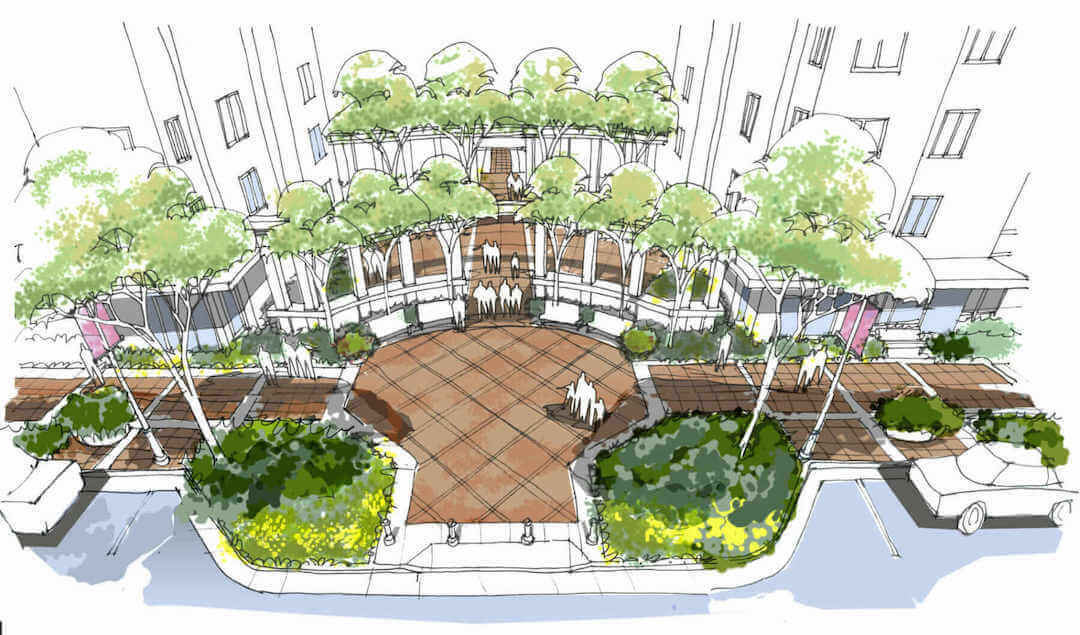Architectural design is the process of designing and constructing buildings and other physical structures. It involves creating plans, drawings, and blueprints to guide the construction process. Architectural design is a creative endeavor that combines both art and science.
It requires an understanding of engineering principles, building codes, aesthetics, and other factors to create a structure that meets the needs of its occupants.
History
The earliest forms of building design can be traced back to ancient civilizations such as the Egyptians, Greeks, and Romans. These civilizations developed sophisticated techniques for building and designing structures that have been adapted and used today.

Image Source: Google
During the Renaissance period, architects began to focus more on aesthetics and the integration of art into architectural designs. This period saw the development of the classical orders – Doric, Ionic, and Corinthian – which are still used today.
Process
The process of architectural design begins with an initial concept. This concept is then refined and developed into a detailed design.
During this process, architects consider factors such as the site, the budget, the building materials, the safety requirements, and the aesthetics of the project.
Once the design is finalized, it is used to create the construction documents, which are used to guide the construction process.
Conclusion
Architectural design is a complex field that requires a combination of artistic and scientific knowledge. It is a creative process that involves refining a concept into a detailed design plan that can be used to construct a building.
